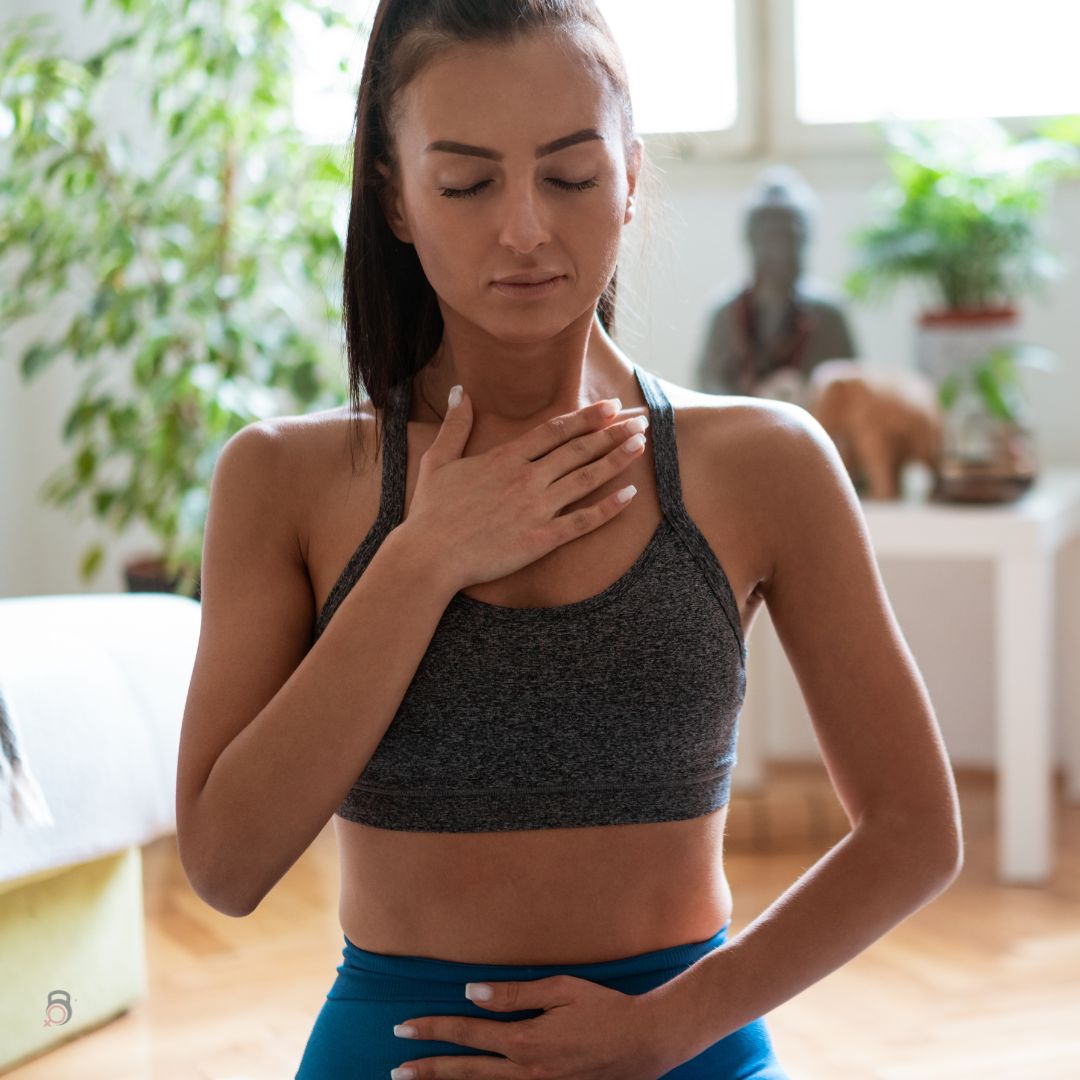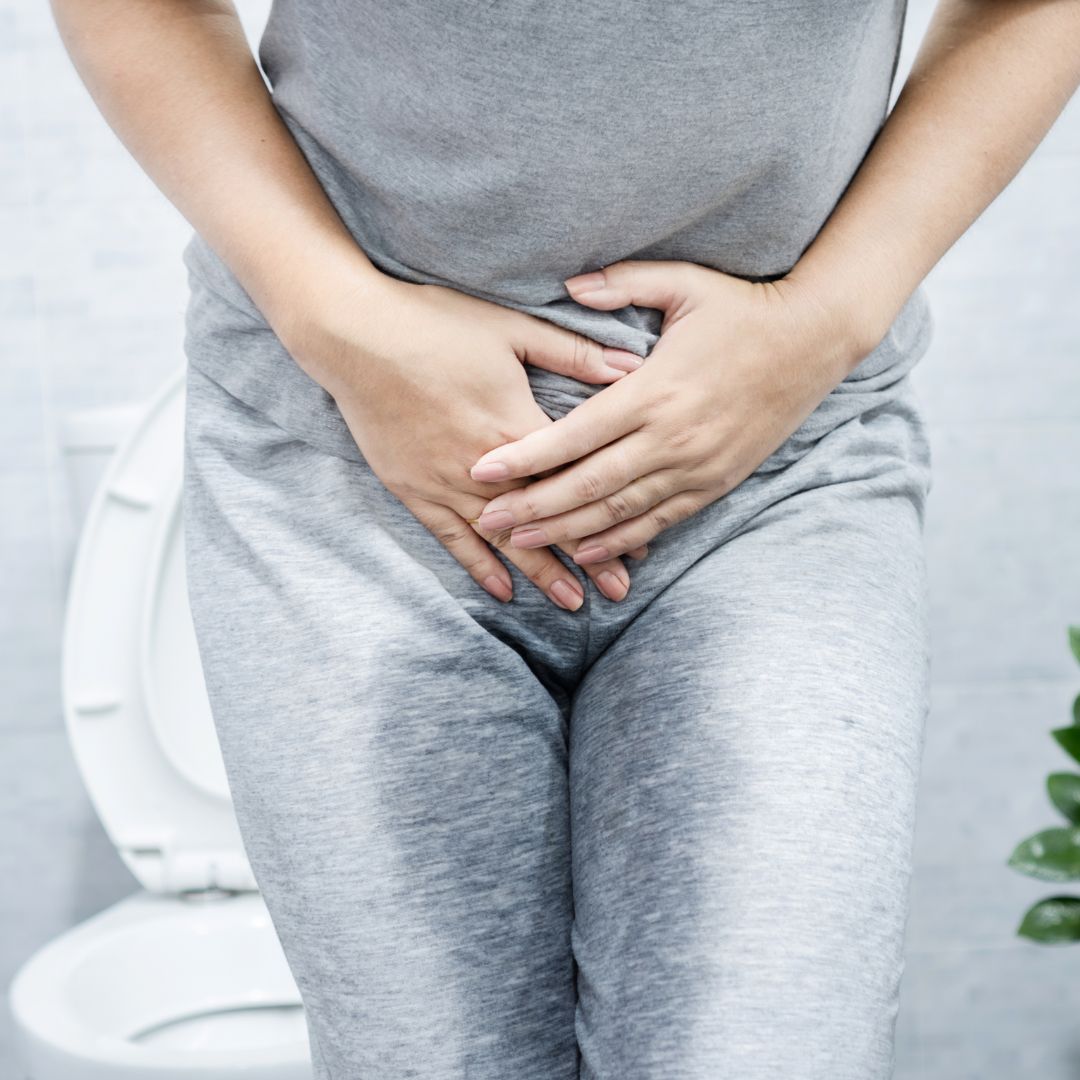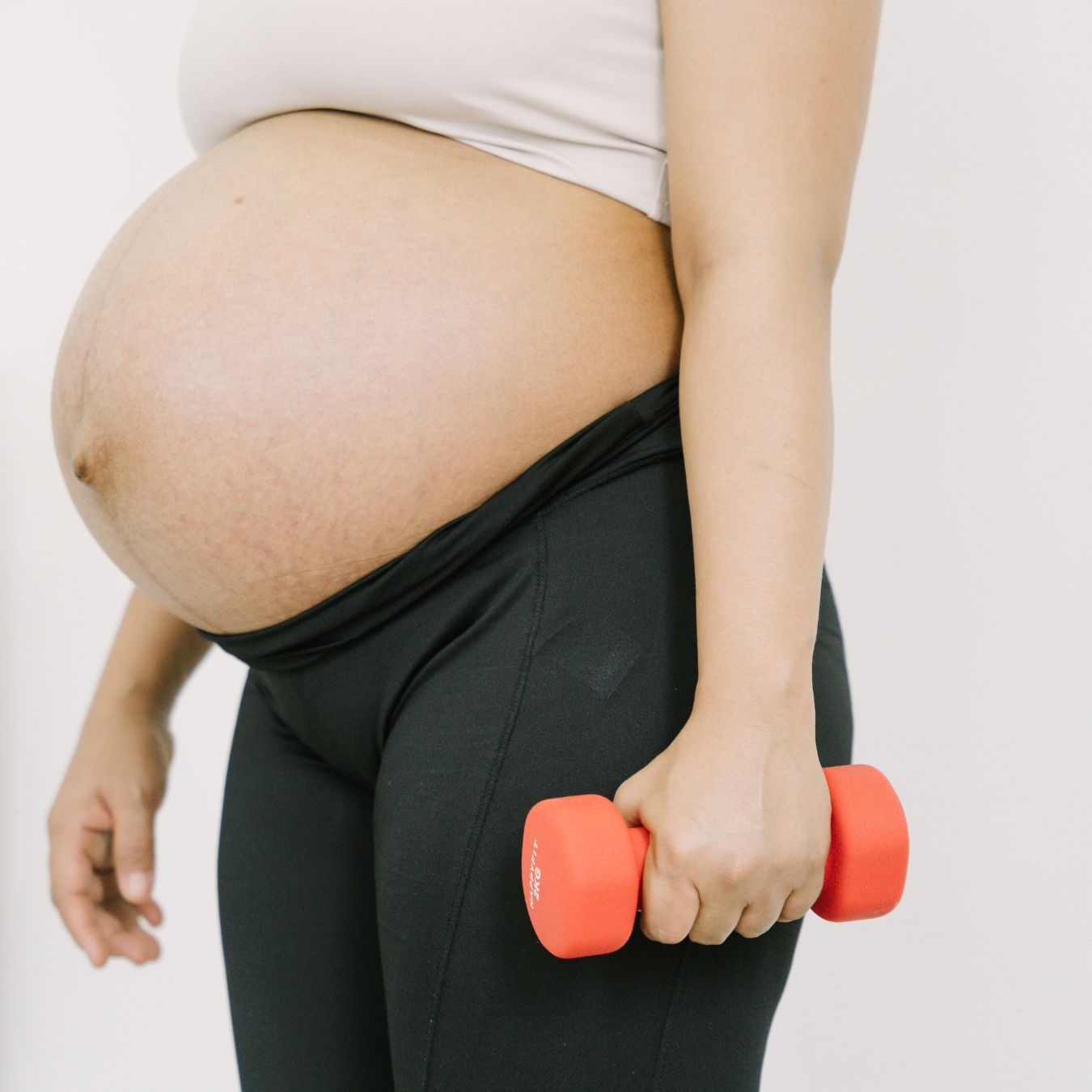Hip Pain Holding You Back?
Let’s Fix It Together with
At-Home Physical Therapy!
Hip pain can feel like it’s taking over your life, right? Whether it’s stopping you from getting through your workouts, playing with your kids, or even sitting comfortably for more than a few minutes, it’s frustrating. The good news? You don’t have to live with it—or rely on endless stretches that never seem to work.
As a physical therapist, I’ve helped countless people tackle hip pain head-on, and I’m here to help you too. The best part? You can get professional guidance and a personalized plan without ever leaving your house—my sessions are virtual, so we can connect no matter where you are.
Why Are My Hips Hurting?
Let’s talk about what’s going on inside your hips. The hip joint is a ball-and-socket joint, designed for smooth and versatile movement. But when things aren’t moving as they should—whether it’s due to stiffness, weakness, or poor mobility—you may feel pain, tightness, or even a pinching sensation.
This is often due to:
- Hip impingement: When the ball of your thigh bone (femur) doesn’t glide smoothly in the socket, it can cause pinching or discomfort, especially during activities like squatting or sitting for long periods.
- Muscle imbalances: Tight hip flexors or weak glutes can throw off the balance in your hips, leading to poor movement patterns and pain.
- Postpartum changes: For new moms, the hips and pelvis go through a lot during pregnancy and delivery, which can lead to lingering pain or instability.
Why Hip Mobilization is Key
Hip mobilization exercises are designed to restore the natural movement of the joint. By creating space in the ball-and-socket joint and loosening up tight muscles, you can reduce pain, prevent compensations, and move more freely.
This is especially important before exercise—think of it as preparing your hips for action. Mobilizing your hips improves alignment, boosts your range of motion, and reduces the risk of injuries.
3 Hip Mobility Exercises You Need to Try
Whether you’re dealing with hip pain or just want to improve how you move, these exercises are a great starting point.
1️⃣ Banded Posterior Hip Mobilization
This is perfect for easing deep joint stiffness.
- Loop a resistance band around a sturdy anchor and place the other end high up on your thigh (close to your hip crease).
- Step back to create tension, then lean forward into a lunge.
- Let the band pull your hip back, creating space in the joint.
- Hold for 1-2 minutes per side.
2️⃣ Banded Hip Flexion Mobilization
Great for releasing tight hip flexors and improving joint mobility.
- Anchor a resistance band low to the ground and loop it around your upper thigh.
- Step back into a lunge position, letting the band pull your leg forward.
- Gently rock forward and backward for 1-2 minutes per side.
3️⃣ Dynamic Pigeon Pose
This active stretch is a game-changer for opening up tight hips.
- Start in a tabletop position and bring one knee forward, placing it behind your hands.
- Shift your hips forward and backward, feeling the stretch in your glutes and hips.
- Repeat for 30-60 seconds per side
Don’t Let Hip Pain Hold You Back
Whether your pain comes from an old injury, postpartum recovery, or just everyday wear and tear, the key is addressing it now—before it leads to bigger problems like back pain or pelvic floor dysfunction. Hip mobility exercises are a simple, effective way to loosen up tight joints and feel stronger in your movements.
And if you need help? We’re here to guide you every step of the way. My team’s virtual physical therapy sessions allow us to work together no matter where you are, creating a plan that’s tailored to your needs.
Let’s get your hips moving and your life back on track—you deserve to feel strong, mobile, and pain-free!
xo Dr. Courtney
Additional Links:
https://www.instagram.com/p/DEpdrmQJ_Ws/?img_index=1
https://www.pinterest.com/pin/908390187339593656/
https://www.instagram.com/p/DCCu06eO6Yz/‘
https://www.instagram.com/p/DAELXgfPKxA/?img_index=1
https://www.skool.com/pelvicwellnessacademy
https://www.instagram.com/thefemaleathletedoc/









